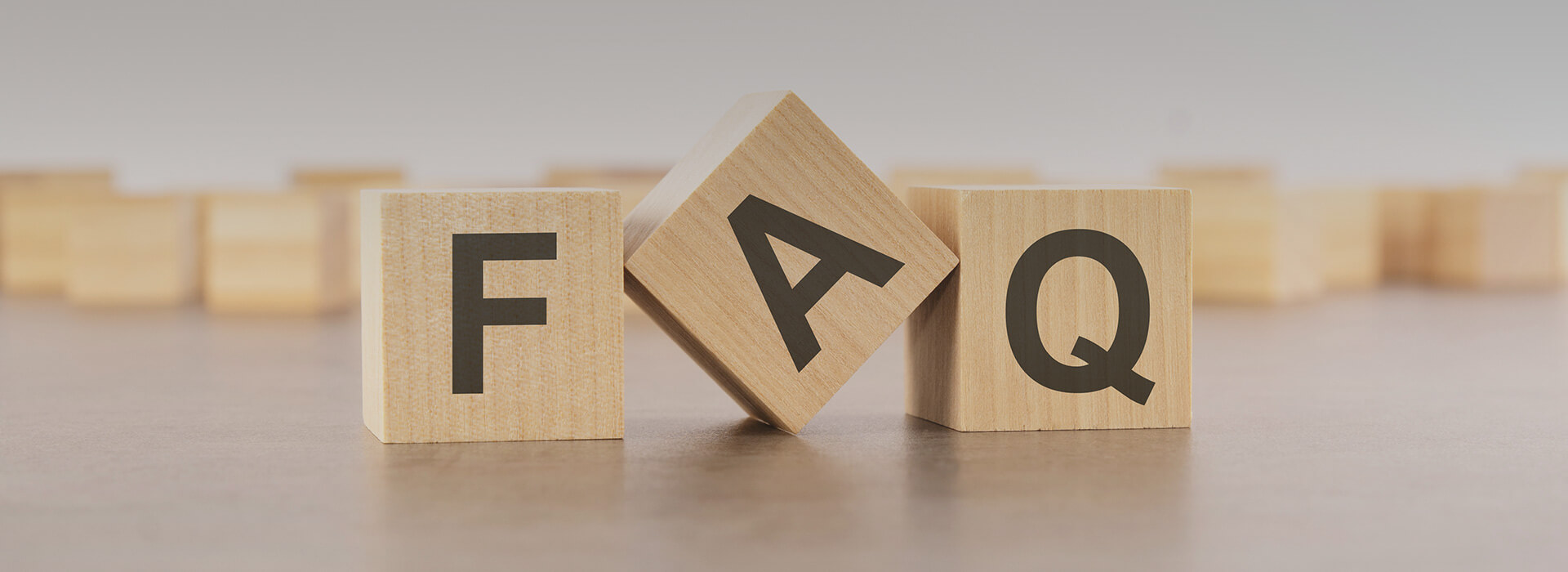Q1 What is DNA-encoded libraries?
DNA-encoded libraries (DELs) are collections of chemical molecules covalently attached to DNA tags which carry unique structural information about each library member and can be identified and amplified, allowing the synthetic history of attached compounds to be tracked by DNA sequencing. DELs can be used to screen hundreds of millions of small molecules to discover small-molecule ligands to protein targets. Therefore, DELs technology, as an emerging small molecule drug screening technology, has been widely adopted by many pharmaceutical companies.






